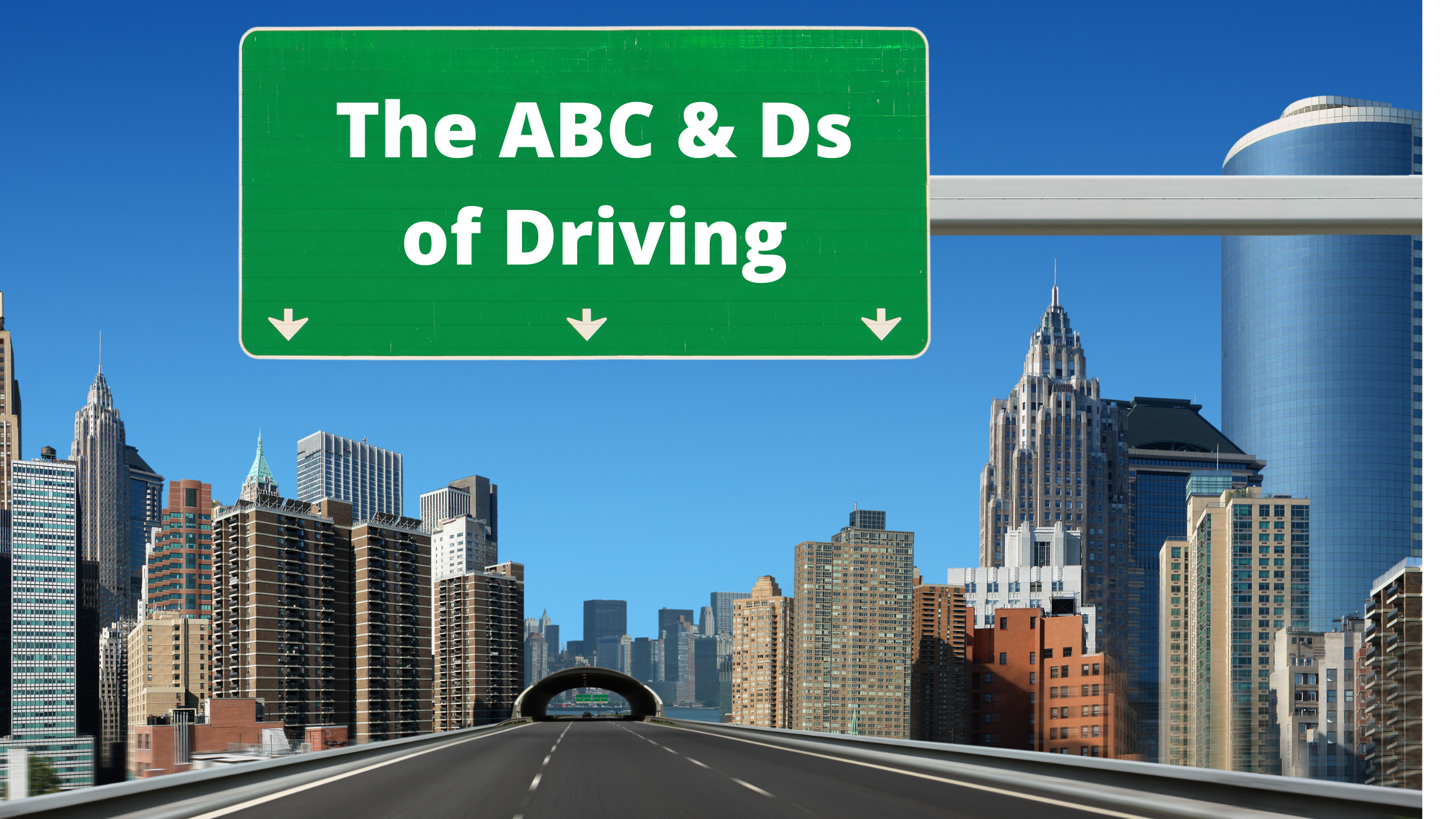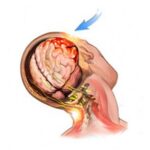In my last several articles, I’ve made the point that today, as a driver, you face a completely new universe of risk while driving.
But why is that?
What makes driving more dangerous today than ever before and why is it so important that you adopt a safe approach to driving?
More importantly, how can you immediately change the way you drive to help you avoid accidents?
In this article, I am going to cover some recent driving statistics from 2020 and 2021, as well as give you a simple and easy-to-remember tip on how to drive safer.
What Is The Number One Cause of Car Accidents?
To start with, let’s take a look at the single largest cause of car accidents today:
Without a doubt, distracted driving is the number one cause of car accidents across the country.
Missouri is no different.
A distracted driver is a driver that does not have his full attention on the road.
Compare 30 years ago to today and you will see that today not only do we have more possibilities than we’ve ever had, but we have devices, gadgets, and many things that could pull our attention off the road.
Not to mention our busy lives, financial burdens, family, and the many thoughts that fly through our heads at the rate of 2,500 thoughts a minute.
Today, distracted drivers, hurried drivers, speeding, and many other reasons make it important to drive safely.
Driving without distractions will help reduce your probabilities of getting into an automobile accident.
Also read, 11 Common Causes of Car Accidents in Kansas City
Missouri Car Accidents Fatalities on The Rise
As more and more car accidents take place so do fatalities caused by them.
As a personal injury attorney, it is sad to see that car accident fatalities are on the rise in Missouri. In fact, a local Kansas City news website reported a 2% increase in Missouri car accident fatalities over the same time last year:
With only a few months left to go in 2021, the Missouri State Highway Patrol are concerned with the rise in traffic fatalities. Roadway accidents aren’t just becoming more fatal, but more common.
Immediately I wondered if the increase in statistics could be because 2021 saw more drivers in circulation than in 2020, when people were stuck at home and driving a lot less.
However that’s not the cause, seeing NPR news recently released a study that showed Missouri traffic fatalities soared in 2020 — even with driving down:
A total of 987 people lost their lives on Missouri roadways last year — a 12% increase from 2019, which saw 881 fatalities.
As a driver, hoping that driving conditions will improve is not necessarily going to help you avoid an accident. And statistically speaking, the dangers of driving are going to increase as more and more drivers hit the road.
To put it bluntly, the increase of car accidents and related fatalities is not something that is going away.
So what can you do about it?
The ABC & Ds of Driving – Adopting Safe Driving Habits
With over thirty-years of experience as a Missouri personal injury attorney, I have taken it upon myself to help improve the driving culture of Kansas City and Missouri.
Passionate about helping make Missouri roadways safer I developed what I call the ABC & Ds of driving.
This means driving Alert, Buckled, Cautious, and Defensive.
Following the ABC and Ds of driving will help you not only driver safer but also adopt safe driving habits that other can follow.
To help you better adopt these driving basics, here is a quick overview of each:
Driving Alert
What does it mean to be alert while driving?
Driving alert means keeping your mind focused on driving and your hands on the wheel, scanning the road ahead expecting the unexpected, not being distracted by your phone or other problems or issues, using your mirrors, and yielding to other more aggressive drivers.
Keep in mind that driving alert is more than just avoiding distractions, it involves avoiding anything that takes your eyes off the road.
To remain focused on driving at all times, make sure that when you drive you avoid the temptation to multitask while behind the wheel.
Some common forms of driver multitasking are:
- Eating or drinking while driving.
- Handling a cell phone and/or texting while driving.
- Adjusting music or GPS controls.
- Talking to a passenger.
- Passing something to a passenger.
- Attempting to locate something in the car.
Driving Buckled
Studies have proven time and again that seat belts save lives.
The best way to drive buckled is to buckle your seat belt the moment you get in your car, not waiting until you’ve already started on your journey.
Driving Cautiously
Due to the heightened risk you face while on the road, it is important that you take a cautious approach to driving at all times.
Respecting speed limits, and maintaining a safe distance between you and other cars is one of the biggest parts of cautious driving.
Try to avoid driving somewhere in a hurry, or just after an important upset. Stay calm during traffic jams, don’t play loud music, keep both hands on the wheel, and avoid sudden lane changes.
There are many things that can be considered “cautious driving”, the key is to remember that today driving is more dangerous than it has ever been before and to take it upon yourself to drive cautiously at all times.
Driving on The Defensive
Defensive driving is all about expecting the unexpected.
Defensive driving means that you drive safely, despite the conditions around you and the actions of other drivers.
Every time you drive, keep in mind that there is a new universe of risk on the roadways. More drivers are driving distracted, aggressive, and hurried.
Drive defensively on highways. Don’t react to other driver’s road rage or slow driving. Stay alert to the possibility that drivers may run red lights and blow through stop signs. When you are driving try to take familiar routes and intersections to avoid being confused by unfamiliar streets or turns.
Driving defensively, you can help maintain peace and safe driving on the road and possibly also help others avoid an accident.
I hope you have found this article helpful and informative. If you live in Missouri and have any questions, or need any legal assistance that is related to a car accident, please do not hesitate to give me a call: (816) 795-7500
Sincerely,
Doug Horn
Attorney at Law
About Doug Horn
Douglas R. Horn is the Lead Attorney of The Horn Law Firm, P.C. where he exclusively represents persons who are injured in accidents, including cases arising from motor vehicle collisions, work & industrial accidents, and dangerous conditions.
Since 1991, Horn has compiled a track record of success in obtaining maximum recovery for his clients, concentrating in cases involving neck, back, and spinal injuries, head/brain trauma, fractures, injuries requiring extended medical care, and catastrophic injury.
As Horn’s law practice has increasingly focused on motor vehicle accident law and crash litigation, he also dedicates a significant amount of his work to the advancement of driver safety, particularly in the area of teen driver protection.
In addition to his law practice, Horn frequently presents on personal injury law to national attorney audiences, including strategies to maximize legal recovery for traumatic brain injury, neck, back, and spinal injury, orthopedic injury, and complex/catastrophic injury.








